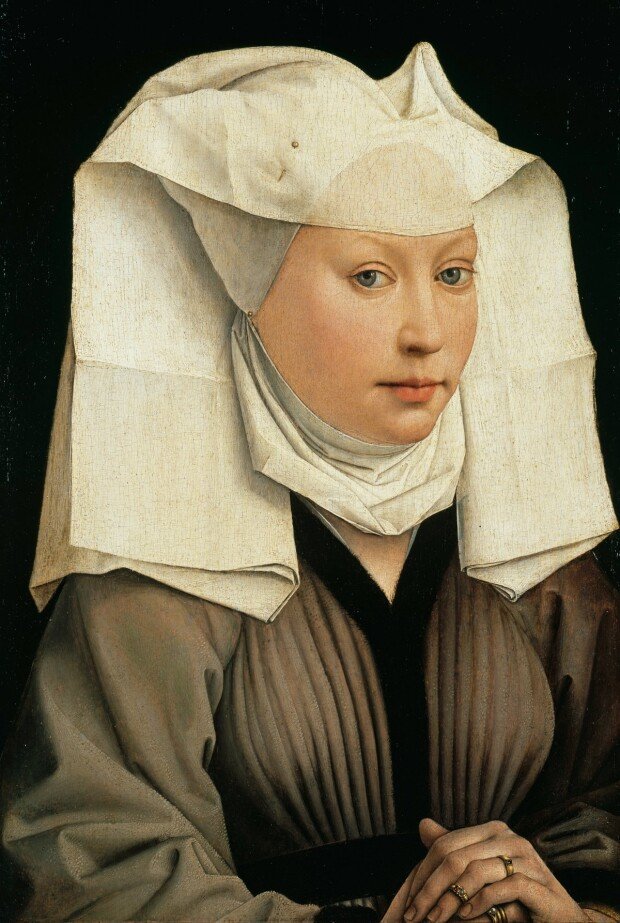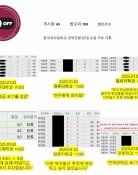A woman in the frame
A woman in the frame
Posted September. 05, 2024 07:55,
Updated September. 05, 2024 07:55

A beautiful woman with large blue eyes, a straight nose, red lips, and clear white skin. Her beauty is easily noticeable even with a glance. Wearing a dark dress and a pinned large white hood, she gazes beyond the portrait. Who is this woman depicted so vividly and real-life like, and why is she wearing such a large headdress?
‘Portrait of a Lady’ is an early representative work of Belgian painter Rohier van der Weyden(1399 or 1400 – 18 June, 1464). Portraits where the model gazes beyond the frame were very new at the time. Previously, painters depicted people staring into space or gazing at the Virgin Mary or Jesus. However, Bayden was different. The characters in the painting were drawn as if they were interacting with viewers. The artist tried to express the model's emotions through her eyes and facial expressions. He was one of the first artists to pioneer such portrait styles.
It is widely believed that the model of the painting is the artist's wife, but this is not entirely accurate. The headdress worn by the woman is a hat called ‘hennin,’ which was favored by royal women in the 15th century, symbolizing ideal beauty and modesty. The woman wore several rings on her clasped hands. The winged hennin, rings on her hand, and the wool dress indicate that the model was a middle-class married woman who lived in Brussels, such as Beydon's wife.
Surprisingly, the details to which the artist paid the most attention were horizontal and vertical lines. The hennin's horizontal lines are naturally connected to the woman's lip line, and the vertical lines match the shoulder and chest lines. Perhaps that is why he had the model wear an excessively large and high hennin.
The artist might have intended to express an ideal and chaste image of a woman through a combination of horizontal and vertical lines. Still, the lines ended up depicting the woman as if she were trapped in a frame. With her lips tightly closed, the woman with her mouth covered down appears to speak with her eyes, saying that she wishes to break out of the frame.







